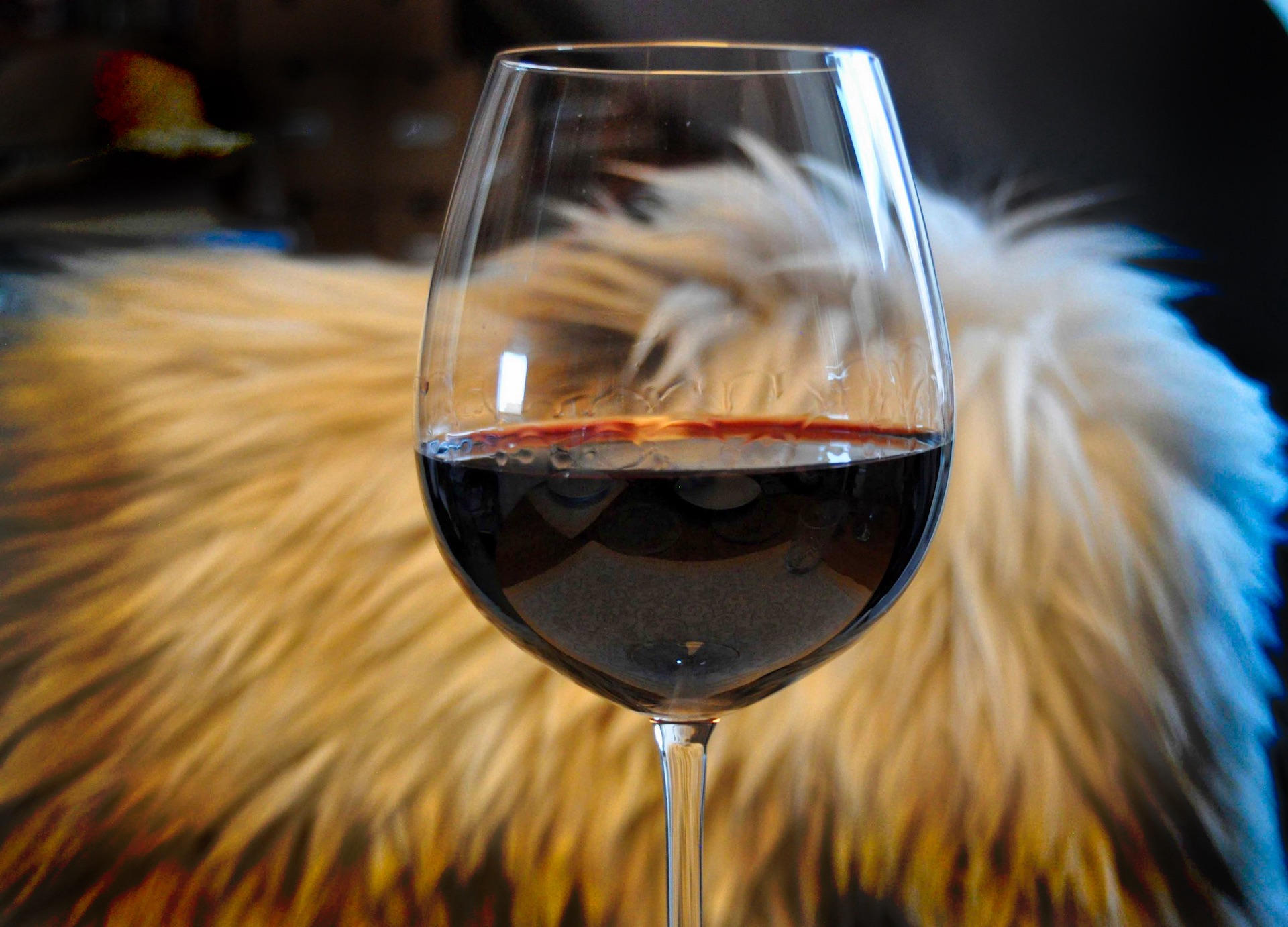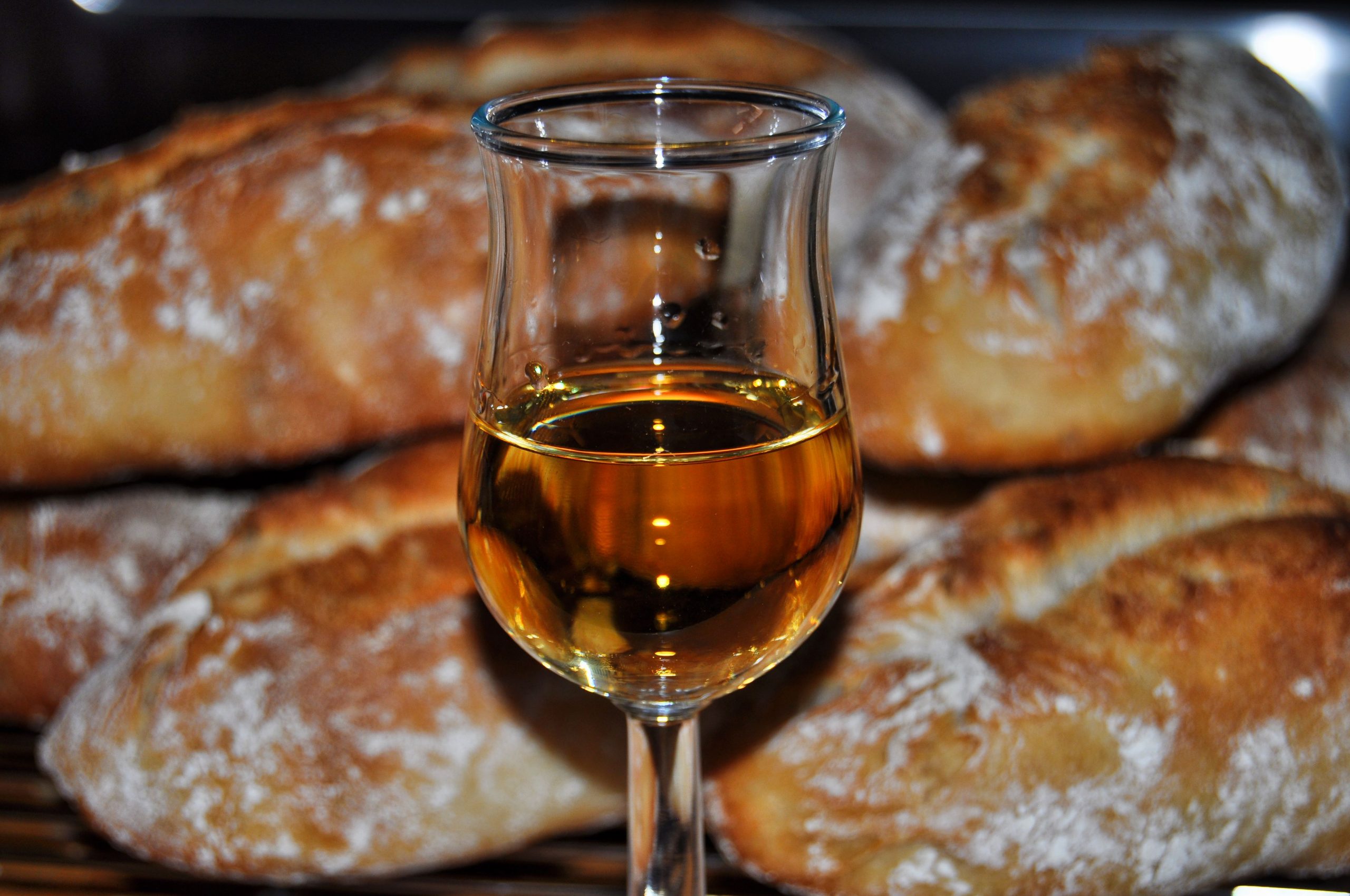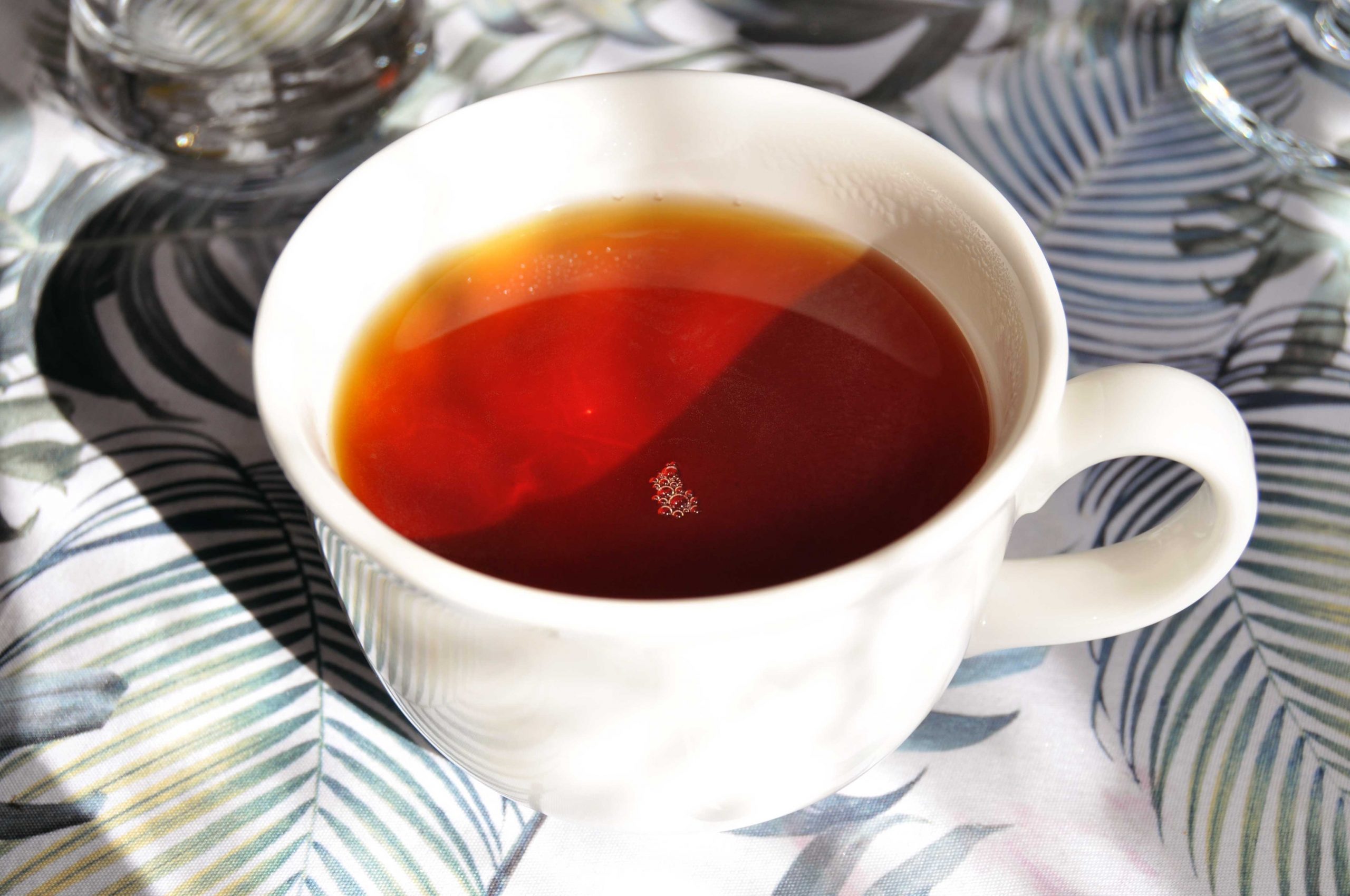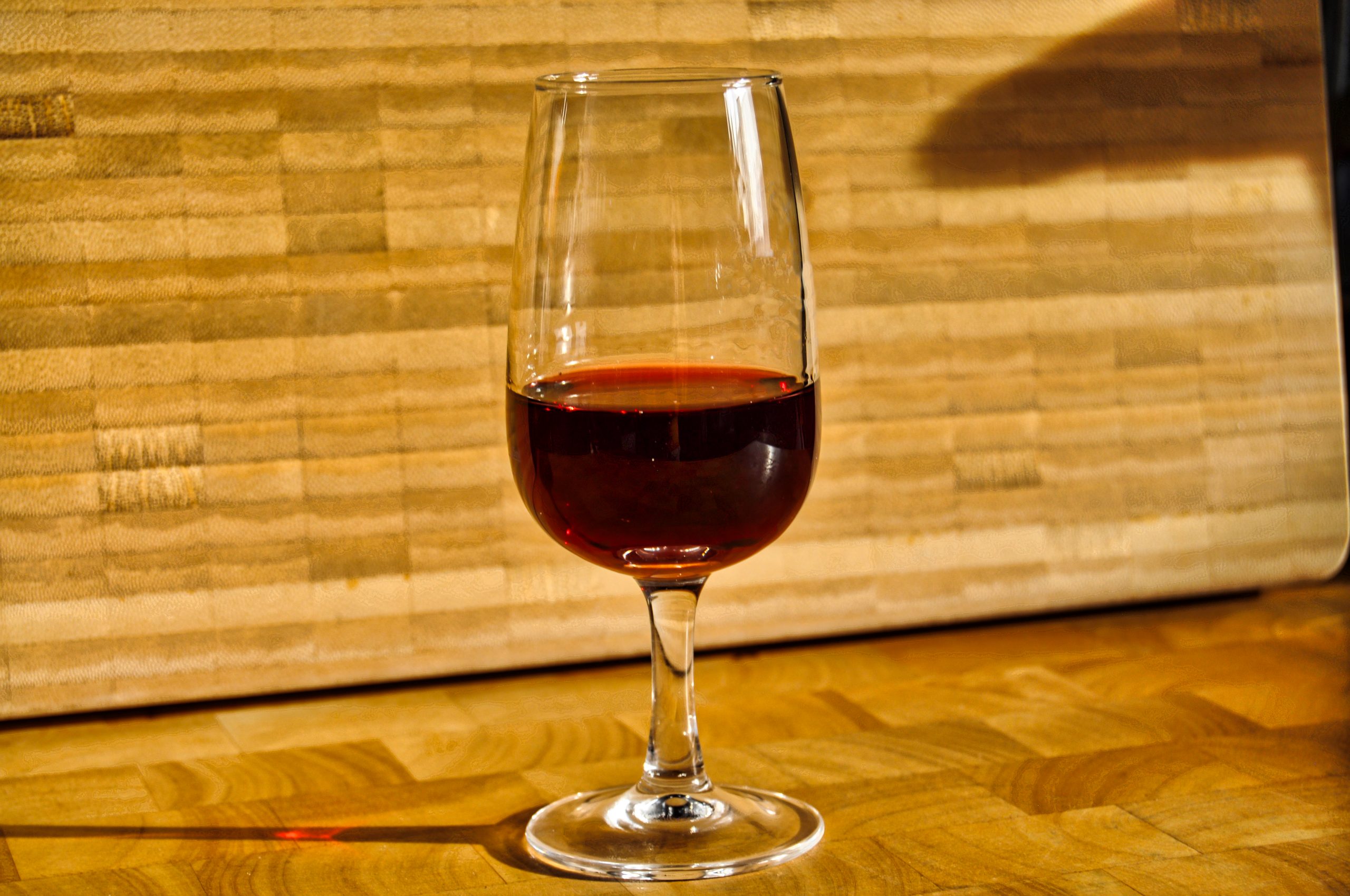On February 2nd 1659, Jan van Riebeeck, the first governor of Cape Town, recorded a success story in his diary: on that day, wine was made from South African grapes for the first time. However, this wine is supposed to have been of rather dubious quality: The first Dutch settlers to arrive in South Africa were soldiers and not vintners. Nevertheless, on that February day in 1659, the foundation stone for viticulture in South Africa was laid. At that time, the ports in South Africa were supply ports for the onward journey to India: wine from South Africa initially fulfilled the purpose of serving as provisions for the sailors.
Back then, the French were already known for their excellent knowledge of viticulture: In the Drakenstein Valley, which is also called Franschhoek (in English: “French Corner“) the French settled between 1688 and 1690 and made use of their knowledge of viticulture.
In 1822, 10 percent of all wines served in Great Britain are said to have been of South African origin.
Boom
The French brought with them from their homeland not only the knowledge of wine, but also the barrique barrels in which South African wines are often matured to this day.
But it took more than a century before South African wines were able to assert themselves in the wine world: Groot Constantia Estate, founded in 1685, is one of the oldest wine estates in the world existing to this day and made Cape wine known in Central Europe from the end of the 18th century: Wines from South Africa made their way into royal courts and the popularity of South African wine increased. In 1822, 10 percent of all wines served in Great Britain are said to have been of South African origin.
At this time, South African wines were mainly made as sweet dessert wines.
From the beginning of the 19th century, South Africa was in British hands: the regular wars that took place on European soil made it difficult to grow grapes in most places in Europe. This meant that South African wines could be marketed very well: The South African vines, more than 10,000 kilometres away from Central Europe, remained unaffected by the acts of war on the European continent.
Recession
By the end of the First World War in 1918, South African viticulture found itself in difficult waters: viticulture in Europe was recovering again and hardly anyone was interested in South African wine any more. Adding to this was the phylloxera infestation, which had rendered a large part of the vine stocks unusable from 1886 onwards: the repellents against phylloxera were costly and financially out of reach for most South African winegrowers.
Salvation came in the form of a cooperative that set minimum prices for South African wine and formed a rescue society for those wineries facing financial ruin.
The year 1925 marks a special event in the history of South African wine: the idea was born to cross Pinot Noir grapes with Syrah grapes, which are classic for French Hermitage. This gave rise to the Pinotage grape variety, a grape variety that, in this form, is cultivated solely in South Africa. . The Pinotage grape variety was without doubt one of the reasons why South African viticulture recovered.
The salvation is Pinotage
Initially, however, South African wine did not recover for decades from the recession that had set in after the First World War: New varieties take a long time to adapt to the local climate and it takes decades before large volumes can be produced from a new grape variety. It was not until 1961 that the first Pinotage wine could finally be sold.
In the meantime, European wines were popular as never before and many people did not even know that wine from South Africa existed. Not least, the political conditions in 20th century South Africa made it difficult to market wine.
The winegrowers’ cooperative KWV (South African abbreviation, roughly: “Winemakers’ Cooperative of South Africa”) concentrated on the production of brandy in the early 20th century and made numerous port-style wines. For decades, the isolation policy made it impossible to import grape seedlings from Europe to South Africa: Only when these regulations were relaxed in the mid-1980s was it possible to grow typically European grape varieties such as Chardonnay and French red wine varieties in South Africa.
The southern province of the Western Cape is the only province in South Africa that is suitable for viticulture.
Climate and wine regions
The Cape of Good Hope, the southern tip of Africa, has a unique climate: the Atlantic and the Indian Ocean meet there. Viticulture takes place in a “cool climate” region, i.e. the vines grow under the influence of the cool oceanic air.
The hinterland, on the other hand, offers a continental climate: hot days and cool nights are usual here.
In terms of soils, South Africa also offers a great diversity: The valley floor has sandy and clayey soils, while granite soils predominate in the foothills of the mountains.
Viticulture in South Africa is divided into four major regions: These regions in turn are divided into different districts. The four major regions are Berede River Valley, Little Karoo, Coastal Region and Olifants River. All these regions are located in the southern province of the Western Cape: The southern province of the Western Cape is the only province in South Africa that is suitable for viticulture.
In South Africa, viticulture plays a crucial role from an economic point of view: Every year, several hundred million litres of wine are exported from South Africa. Germany is one of the largest importers of South African wines worldwide.
Grape varieties and new character traits
In addition to Pinotage, which is typical for South Africa, many typically European varieties are grown in the Western Cape province: The most widely cultivated grape variety in South Africa is not Pinotage, but the white variety Chenin Blanc. A well-made Chenin Blanc wine is said to be in no way inferior to its counterpart from Burgundy. Other white wine classics such as Sauvignon Blanc and Chardonnay can also be found in South African vineyards.
Among the red wine varieties, Cabernet Sauvignon occupies a prominent position: Cabernet Sauvignon from South Africa has its own style, which is very different from its kindred from other wine countries and is therefore appreciated internationally.
Even though the wine country of South Africa has a relatively short history, the wines from South Africa always provide a welcome change. The special climatic conditions of the wine region allow numerous grape varieties native to Europe to develop an entirely new character: South Africa brings out new traits in numerous established grape varieties.
Cover picture: A South African Pinotage red wine, © Simon von Ludwig

 Deutsch
Deutsch














